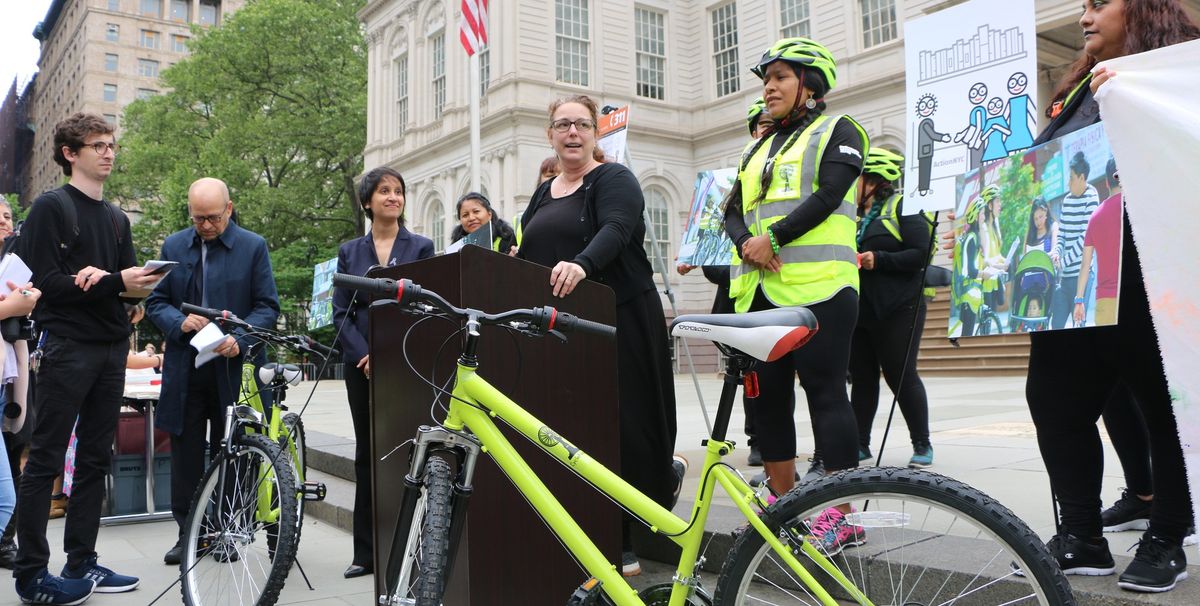In the latest iteration of her ongoing Immigrant Movement International (IMI) project, the Cuban political artist Tania Bruguera has partnered with activist groups, government officials and other artists to launch CycleNews, a long-term initiative that aims to empower undocumented immigrants by informing them of the services that are available to them through the New York City Mayor’s Office of Immigrant Affairs (MOIA). The project comes out of Bruguera’s role as the first public artist-in-residence with New York’s Department of Cultural Affairs.
CycleNews will start as a pilot programme in the immigrant-rich community of Corona, Queens and nearby neighborhoods. For the project, Bruguera has collaborated with members of Mujeres en Movimiento (Women in Motion), a community advocacy group. The women will ride around on customised neon-yellow bikes, delivering pictographic pamphlets designed by the Berlin-based art collective Kollektiv Migrantas that explain MOIA’s services, such as municipal identification cards and informational materials that help immigrants know their rights when approached by law enforcement. Members will also stop to speak to residents and conduct surveys measuring whether immigrants feel like they are part of the community, with the results communicated to government officials. The project may expand to other areas of New York.
During a press conference held at City Hall in New York City on 30 May, the artist said that meeting the women of Mujeres en Movimiento was “one of the best experiences I’ve had in my life as a citizen and as an artist”. Bruguera says that the project was born from a conversation with city officials where “we were talking about trust and how they wanted the immigrant community to trust the government—but, trust is a two-way street”. Bruguera adds that the purpose of the work is to provide immigrants with information that “can be understood by everyone, regardless of language, and that [develops] a constant exchange of dialogue between immigrants and the government”.
Meanwhile in San Francisco, the Yerba Buena Center for the Arts (YBCA) has organised a retrospective of long-term projects that Bruguera has created between 1985 and 2017, called Tania Bruguera: Talking to Power/Hablándole al Poder (16 June-20 October). Along with some of the artist’s earlier projects, the show also features a new commission called the Escuela de Arte Útil (School of Useful Art) (2017)—a functioning eight-week school inside the centre’s galleries with a curriculum tailored by Bruguera, which at its core addresses how art can be a tool for social and political change. Classes will meet three times per week and include lectures, readings and workshops by artists and theorists, including Bruguera.
Although the school is open to the public on a drop-in basis, enrolled pupils, who were asked to submit a statement partly based on “how aesthetics can disrupt institutional structures”, will present an exhibition of “useful art” when the project culminates in mid-August. The school draws on a previous project called Cátedra Arte de Conducta (Behaviour Art School) that took place in the artist’s home in Havana from 2003 to 2009.


